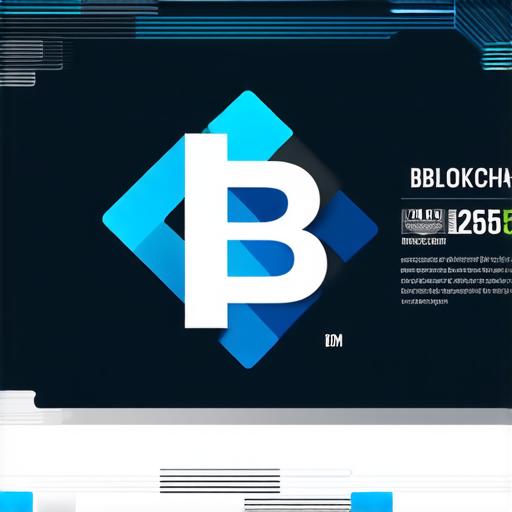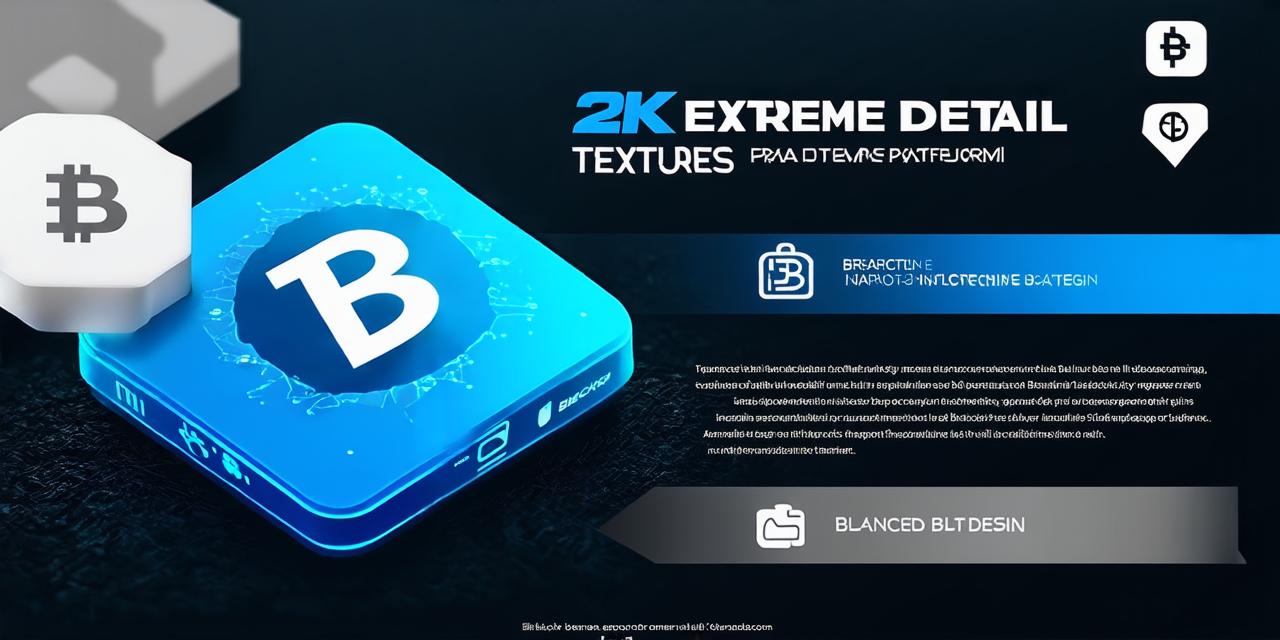Introduction
Blockchain technology is a decentralized digital ledger that records transactions in a secure and transparent way. It was first introduced as the underlying technology behind Bitcoin, but it has since expanded to various industries, including finance, healthcare, supply chain management, and more. In this article, we will explore the basics of blockchain technology and its potential applications for developers.
What is Blockchain Technology?
Blockchain technology is a distributed ledger that allows multiple parties to securely store and share data without the need for a central authority. It consists of a chain of blocks that contain a list of transactions, which are verified by network nodes before being added to the blockchain. Each block contains a cryptographic hash of the previous block, ensuring that the data cannot be tampered with or deleted.
The key features of blockchain technology include:
- Decentralization: The blockchain is not controlled by any central authority, making it more secure and resistant to hacking.
- Immutability: Once a transaction is recorded on the blockchain, it cannot be altered or deleted, providing a tamper-proof record of all activity.
- Transparency: All participants can view the same information, ensuring that there are no discrepancies or hidden agendas.
- Security: The use of cryptographic algorithms and consensus mechanisms ensures that the data on the blockchain is secure and resistant to fraud.
How does Blockchain Technology Work?
The process of adding a new transaction to the blockchain involves several steps:
- A user initiates a transaction, which includes the details of the transaction (such as the sender, recipient, amount, etc.).
- The transaction is broadcast to the network nodes, which verify that it is valid and does not conflict with any existing transactions on the blockchain.
- If the transaction is deemed valid, it is added to a new block along with other transactions.
- The new block is verified by network nodes using cryptographic algorithms, such as proof-of-work (PoW) or proof-of-stake (PoS).
- Once the block is verified, it is added to the existing blockchain, and a new cryptographic hash is generated for each block in the chain.

The consensus mechanism used by the network nodes ensures that all participants agree on the validity of each transaction before it is recorded on the blockchain. PoW uses energy-consuming mining processes to verify transactions, while PoS relies on stakeholders who lock up their tokens as collateral to validate transactions.Blockchain Technology Applications
Blockchain technology has a wide range of potential applications across various industries, including:
- Finance: Blockchain technology can be used for faster and more secure financial transactions, such as cross-border payments and remittances. It can also be used for creating decentralized finance (DeFi) platforms that offer lending, borrowing, and trading services without intermediaries.
- Healthcare: Blockchain technology can be used to create a secure and transparent medical record system that allows patients to control their own data and share it with healthcare providers as needed. It can also be used for tracking the supply chain of drugs and medical devices, ensuring that they are authentic and not counterfeit.
- Supply Chain Management: Blockchain technology can be used to create a transparent and secure supply chain management system that allows all parties involved to track products from production to delivery. It can also be used for tracing the origin of food products, ensuring that they are safe for consumption.
- Smart Contracts: Blockchain technology can be used to create self-executing smart contracts that automatically enforce the terms of a contract when certain conditions are met. This can reduce the need for intermediaries and increase efficiency.
- Voting Systems: Blockchain technology can be used to create secure and transparent voting systems that allow for verifiable, auditable, and anonymous voting processes.
Blockchain Technology Challenges and Limitations
While blockchain technology has great potential
